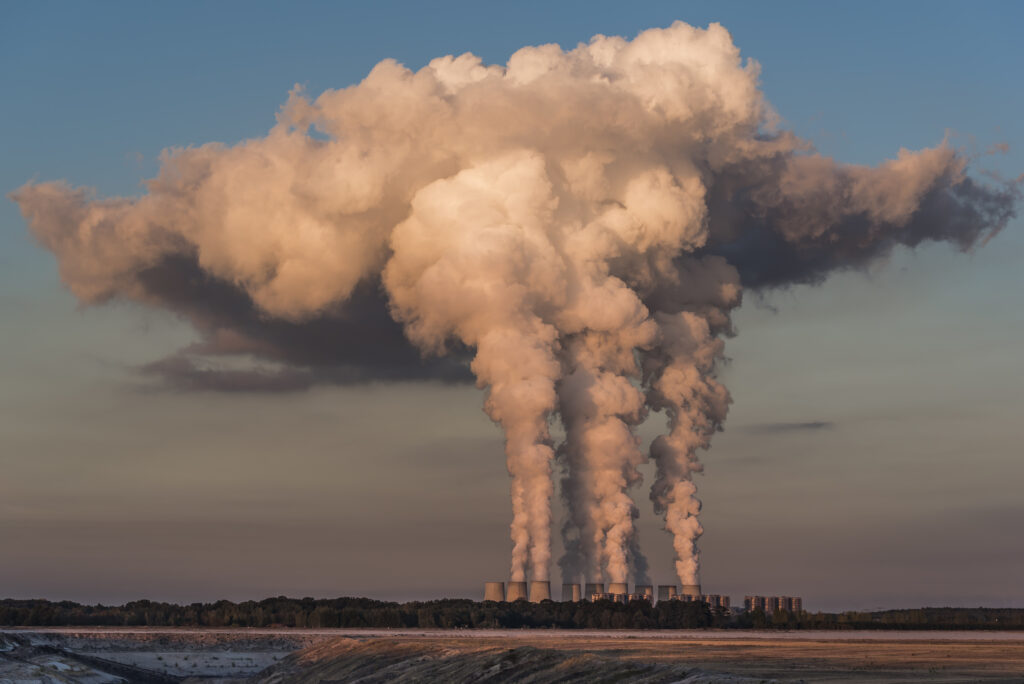
While the Industrial Revolution yielded many technological advancements that make our world what it is today, it also led to increased greenhouse gases (GHG), which trap heat in the atmosphere and cause global warming. Along with these changes come several negative consequences, such as the rise in sea levels, drought, cyclones, and unpredictable weather events.
The COVID-19 pandemic has further depleted Earth’s resources, while war and civil unrest continue to exhaust our limited reserves. All of these factors have worsened the effects of climate change. Many countries are more concerned with the current disruption in energy markets and, as a result, are rushing to develop alternative fossil fuel sources. If nations do not act quickly, the effects will become even more detrimental.
This is where climate technologies come into play.
What is Climate Tech?
Climate restoration technology can be defined as technologies that address the effects of global warming by focusing on reducing GHG emissions. Examples include IoT, artificial intelligence, machine learning, and blockchain technologies.
Simply put, the creators of leading climate technologies are attempting to solve the climate problem by turning it into a data problem as well as an environmental problem.
Why is climate restoration technology important?
Climate technologies can improve the capabilities of existing technologies in renewable energy and weather forecasting; they can also offer solutions such as climate management, accounting platforms, and carbon offset markets, which allow companies to accurately measure their carbon footprints.
According to McKinsey’s analysis, five sectors emit the bulk of the European Union’s greenhouse gases:
-
- 28% comes from transportation,
-
- 26% from industry,
-
- 23% from power,
-
- 13% from buildings,
-
- 13% from agriculture.
Overall, fossil fuel combustion is the biggest source of GHGs, accounting for 80% of emissions.

The Challenges of Climate Restoration Technology
The UNFCC 2021 Annual Report suggests that, without a rapid and substantial reduction in greenhouse gas emissions this decade, temperatures will exceed 2°C, leading to climate catastrophe.
Undoubtedly, the need for climate restoration technology to measure, manage, and reduce carbon dioxide levels in the atmosphere is dire.
With huge tech corporations dominating the markets, the success of climate tech also depends on these major business leaders. According to CNBC, BlackRock CEO Larry Fink, who has called climate change “a business opportunity,” claimed that the next $1,000 billion start-up companies will be climate tech companies. However, this was in 2021, when climate tech funding peaked at $40 billion. Since then, climate tech funding has retreated, facing a -23% drop as of July 2022. Despite this drop, climate funding is on track to increase year-over-year (YoY).
With continuous innovation and investment, climate technologies will play an integral role in tackling climate change.
Sources
- https://unfccc.int/sites/default/files/resource/UNFCCC_Annual_Report_2021.pdf
- https://persefoni.com/newsroom/climate-technology-101-what-is-climate-technology-and-why-is-it-important
- https://www.mckinsey.com/capabilities/sustainability/our-insights/how-the-european-union-could-achieve-net-zero-emissions-at-net-zero-cost https://www.pwc.com/gx/en/services/sustainability/publications/state-of-climate-tech-2020.html, https://www.pwc.com/gx/en/services/sustainability/publications/state-of-climate-tech.html

